
This is what the changing Alps sound like
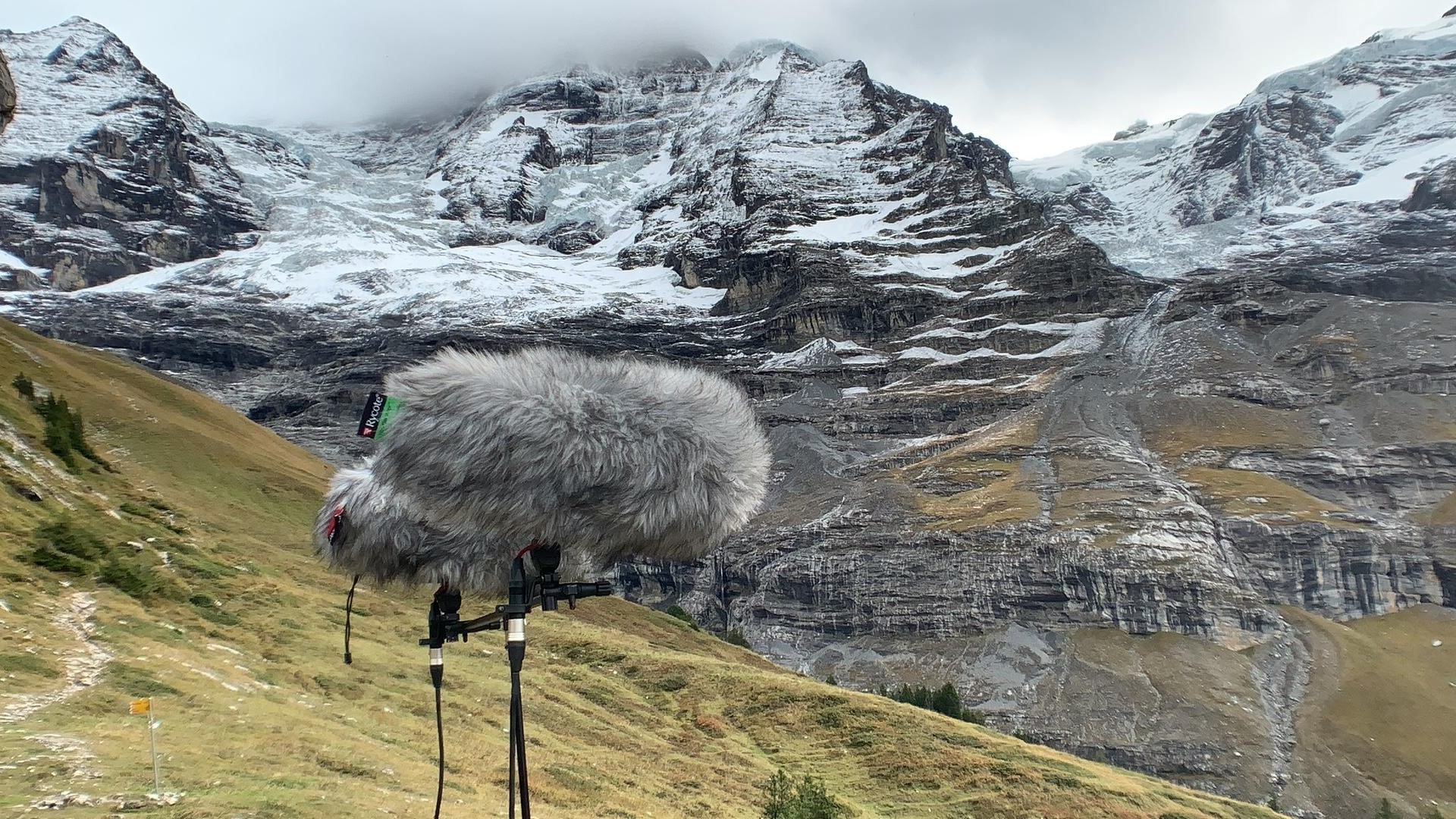
High in the Alps at the Jungfraujoch research station, a cold and a warm wind collide in what one researcher calls a strange dance. If you know what to listen for, that dance creates its own music: a sound signature of moaning winds, rock breaking away from the mountain, ice tinkling across a glacier or slamming into a building.
Among this ecological drama, Philip SamartzisExternal link, sound artist and associate professor at RMIT University in Melbourne, Australia, spent three weeks in and around the research station’s extreme environment to map climate change’s impact on the acoustic ecology – or the soundscape – of the Alps.
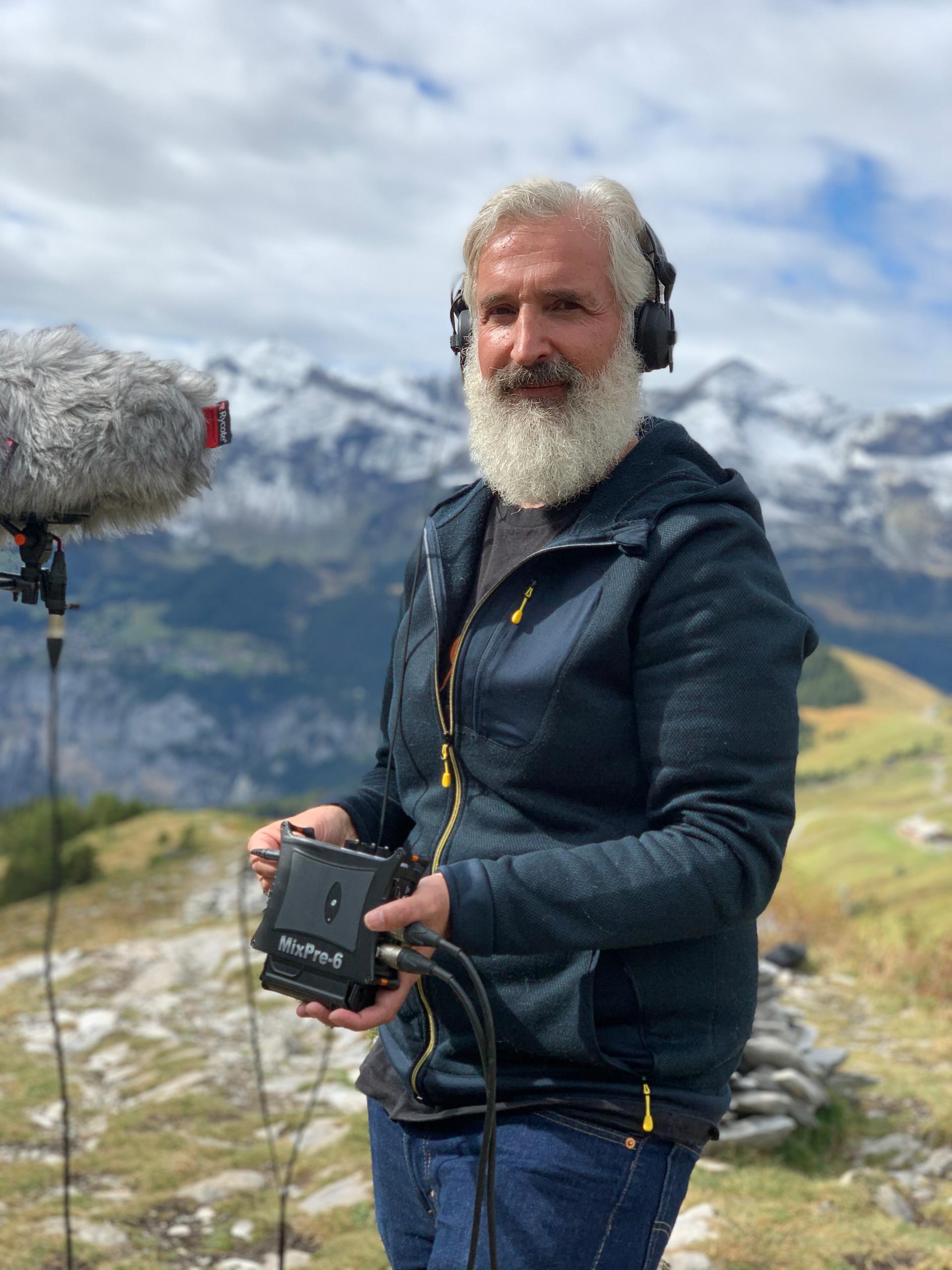
With a dozen types of microphones, hydrophones, and accelerometers, Samartzis captured about 150 hours of sound from the areas in and around the Jungfraujoch research station. Then, in a specially equipped lab at the Institute for Computer Music and Sound Technology (ICST) at the Zurich University of the Arts (ZHdK), he crafted a 45-minute composition – a sound impression of natural and manmade sounds he recorded in the region.
“In many ways, it’s a convergence of art and science,” he says. “I’m not a scientist but I’m using art to articulate some of these observations and concerns to a much broader audience.”
He points out that most people – such as his fellow Australians – hear about shrinking glaciers and climate change in high Alpine environments but will never get a chance to witness it firsthand.
“But through art, we can create embodied, immersive encounters of these changes that could be very rich and dynamic,” Samartzis says.
Recording rockslides and forests
Christophe Giovannini is head of communications at the Swiss National Science Foundation (SNSF) which helped fund Samartzis’ research. He says that while climate change certainly needs to be addressed scientifically, it’s also a societal issue that needs to be observed from several points of view, including from art.
The project Samartzis is undertaking “provides an approach from an unusual perspective, and unusual perspectives can lead to new facets of understanding,” Giovannini says.
It’s not the only project in Switzerland using sound to explore and make sense of the natural world, both in the sciences and the arts. After a rockslide occurred much earlier than expected on the MatterhornExternal link, scientists formed the PermaSense External linkresearch consortium to better understand it. They deployed a network of seismic and acoustic sensors to listen to mountains’ internal frequencies, like a musical instrument, and potentially detect potential rockslides worldwide.
Other scientists are recording forests. Yvonne Volkart,External link a lecturer at the University of Applied Sciences and Arts Northwestern Switzerland, is leading a SNSF-funded project on arts and ecology for which her colleague Marcus Maeder created recordings of the Pfynwald forestExternal link in Valais. His recordings link the quieting of the forest to the drought and heat wave of 2018.
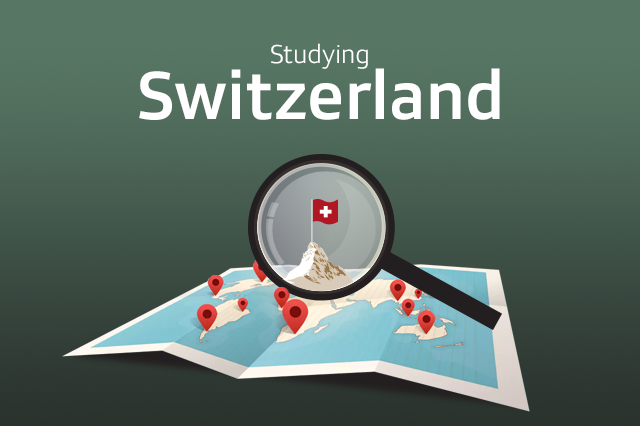
What do changing forests sound like?
“The noise of the nearby river becomes quieter because it carries less water; mountain streams dry up,” Maeder wrote in his blog documenting the project. “The fauna retreats, is less active and therefore quieter. The air humidity decreases, the temperature increases, which results in the sound synthesis of the forest voice, that the deeper sound becomes deeper and deeper, the higher one higher and higher, until they lie outside the audible range and the voice silences.”
Volkart thinks that art can bring complex scientific research and knowledge to the public in a simpler way that may be easier to grasp.
“If you have this data and then you can make some curve or some graph or some diagram, that is abstract,” she says. “If artists begin to sonify this data, if you are doing a composition with it, it becomes something beautiful.”
Mountain compositions
Samartzis chose to map the sound ecology of the Alps for both personal and professional reasons. He is fascinated with climate change’s impacts on extreme climates. After multiple trips to Antarctica to map its sound ecology, Switzerland’s high mountains seemed a logical next step to represent what he calls the “cold face of climate change”.
“The research station at JungfraujochExternal link was interesting to me because of its atmospheric research,” he says, pointing out that the data gathered there was used to inform key international treaties such as the Kyoto Protocol. “It’s their research in particular that’s debated globally,External link pros and cons, believers and non-believers.”

More
Recordings at the research station
After recording at Jungfraujoch and the Aletsch glacier that stretches out below it, Samartzis took his sounds to the Zurich University of the Art’s specialised studio where he mixed them at a desk fitted with 25 speakers. It immerses listeners in a sort of dome of sound with speakers mounted at various angles from the ceiling and floor stands.
The composition itself is packed with experience. Samartzis focuses the first movement on wind, including what happens when the cold wind, the Bise, and its warm twin, the FöhnExternal link, meet high in the mountains. It gathers strength until the ghostly and violent roars are on top of the listener. Tethers securing the research station to the mountain top vibrate with ferocity in an eerie, metallic whirr. Chunks of ice break free and slam into the building like a battering ram breaching a metal door. It’s almost unrelenting until something shifts and the wind moves on and carries with it small bits of ice like crystal that roll, tinkling and dream-like, across the glacier.

More
Recordings of glacial wind
In the third movement, Samartzis explores how warmer temperatures change the permafrost and the Aletsch glacier.
“The landscape’s become unstable with the loss of permafrost, so you’re getting much more of these rockslides, rock and ice sliding.”
His recording documents the shocking force of rocks breaking free and slamming into the ice, but he also takes the listener beneath the glacier itself. Hydrophones – underwater microphones – capture glacial melt that drips into a stream, eventually flowing towards Kleine Scheidegg below the research station. The melt merges with fierce waterfalls and settles in a low meadow, flowing past cows in a pasture, their bells clanging not far from a railway station where trains carrying hundreds of tourists head back up to the Jungfraujoch, where it all began.
Planes, trains and tourists
Samartzis calls his Alpine experience a bit of a paradox.
“On one hand it’s a splendid, spectacular part of the world which is extremely breathtaking,” he says. “But on the other hand, it’s extremely contaminated by the anthropogenic interaction that occurs within that.”
It was difficult for him to escape the sounds of human activity to get clean recordings. Every day he fought to escape air traffic, fighter jets, helicopters, tourists – and LEGO. While he was there, Jungfraujoch hosted a PR event from the maker of the ubiquitous plastic bricks, with a massive LEGO Star Wars sculpture displayed on the glacier itself.
“There’s a perverse kind of tension between the people accessing the locale and the effects of that access,” Samartzis concludes.
Compositions on display: Unclear Cloud
Samartzis’ composition from the Jungfraujoch will be used for an exhibition next year called Unclear Cloud highlighting the carbon footprint of cloud computingExternal link. It references a Greenpeace reportExternal link estimating that cloud computing will use 1,963 billion kilowatt hours of energy in 2020, resulting in 1,034 megatons of CO2 equivalents. (One megaton is one million tonnes, and one tonne of CO2 is said to be the same as powering a home for seven months or raising one cow for six monthsExternal link).
Samartzis’s music will play as viewers walk in and around another artist’s 3D interpretation of algorithms.
Unclear Cloud is expected to draw at least 500,000 viewers at exhibits in China and Australia, Samartzis says.

In compliance with the JTI standards
More: SWI swissinfo.ch certified by the Journalism Trust Initiative





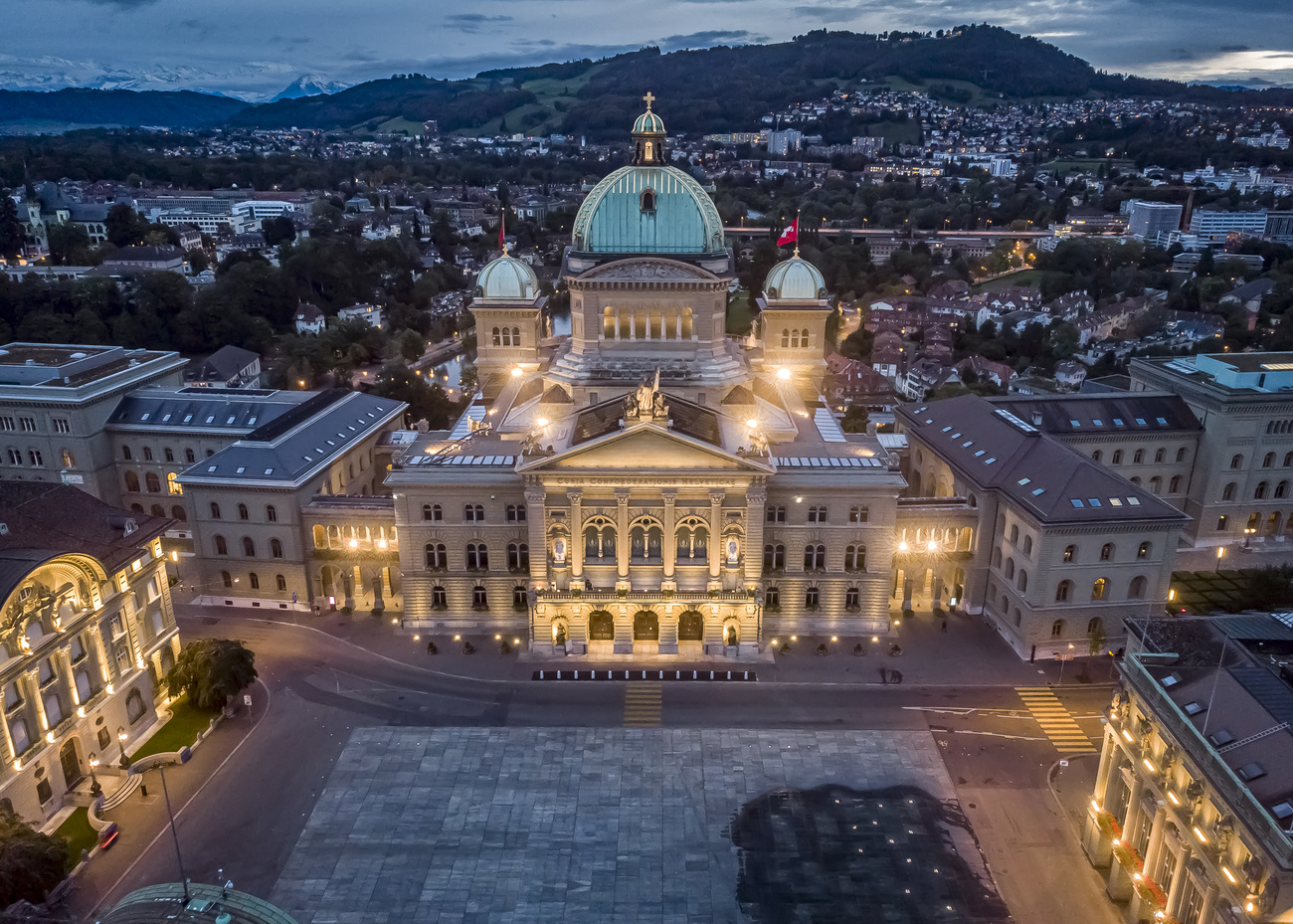








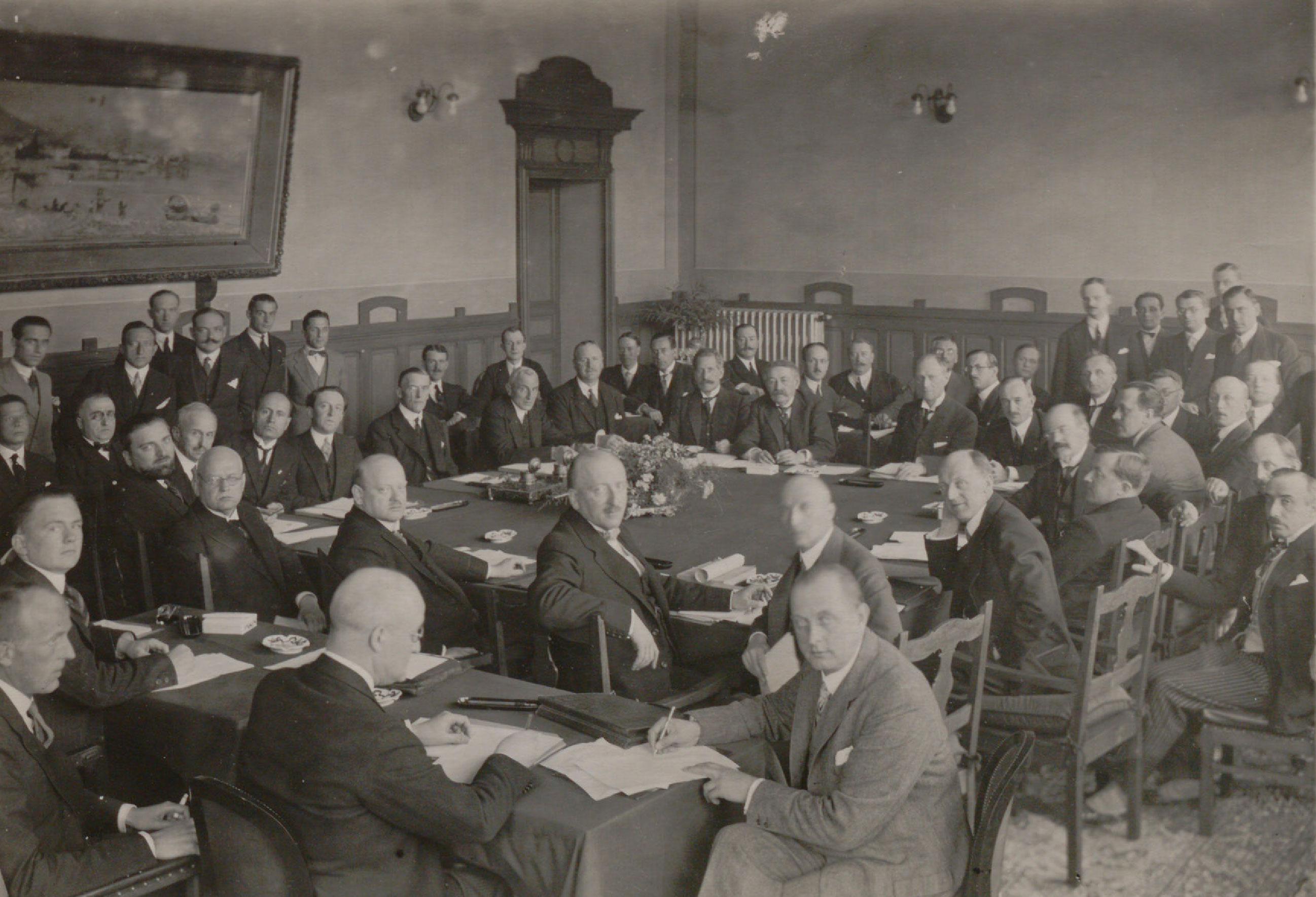






















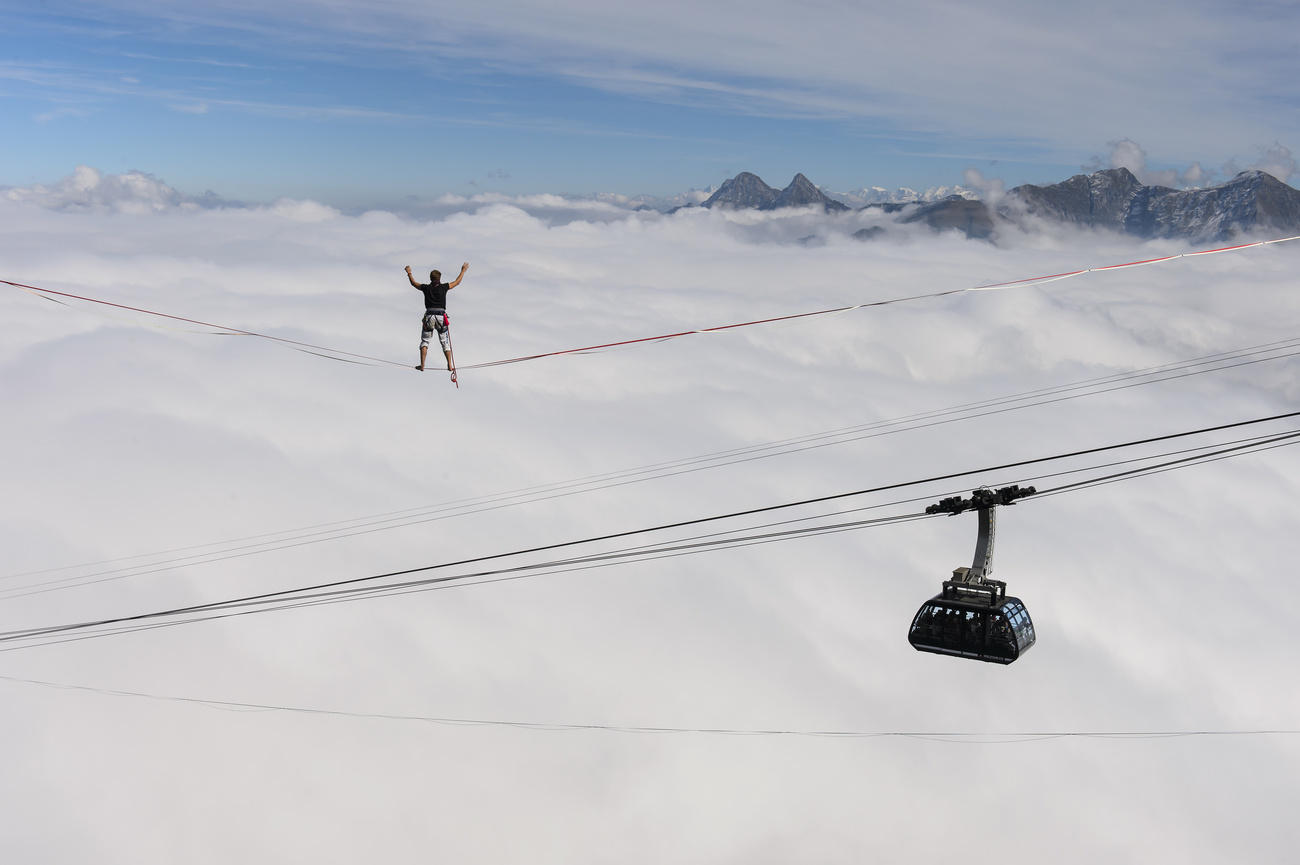
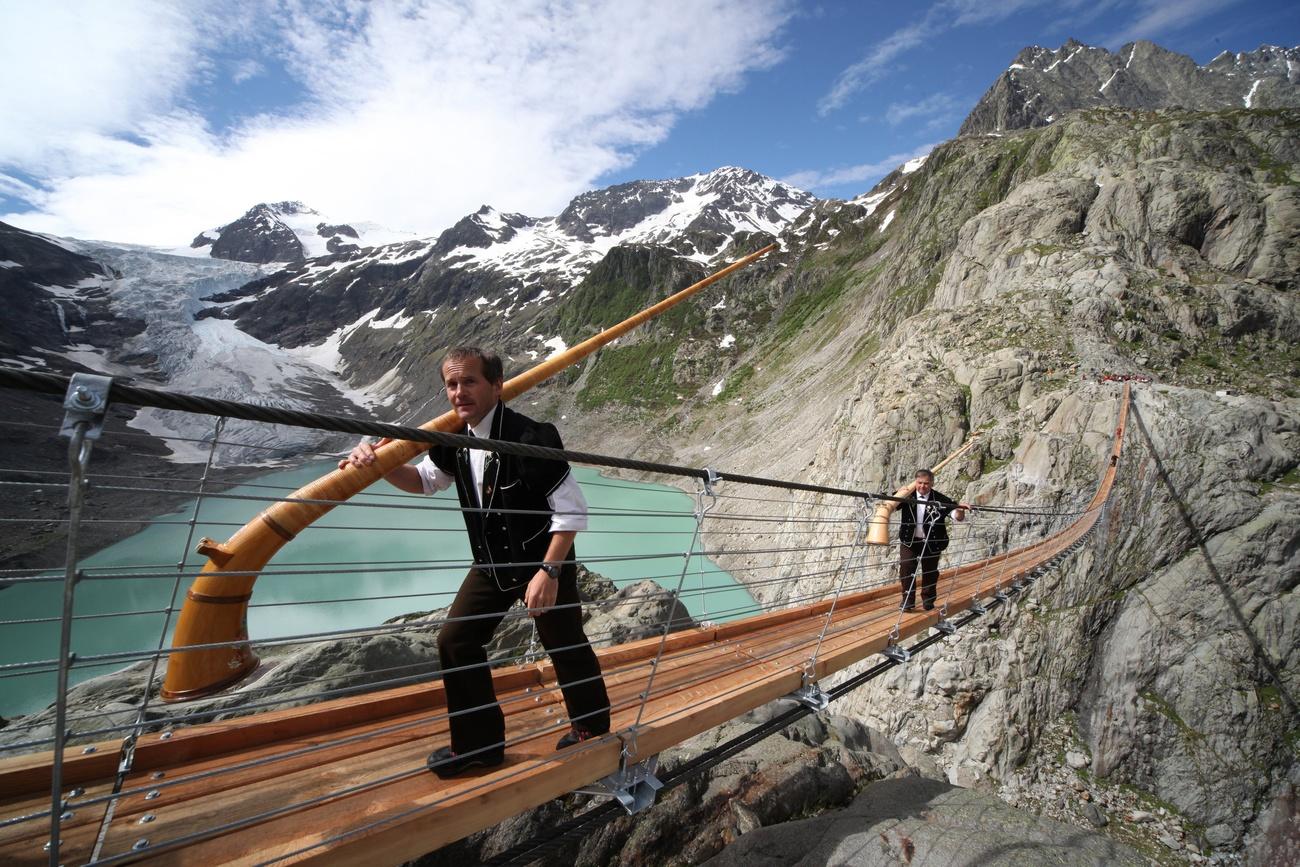
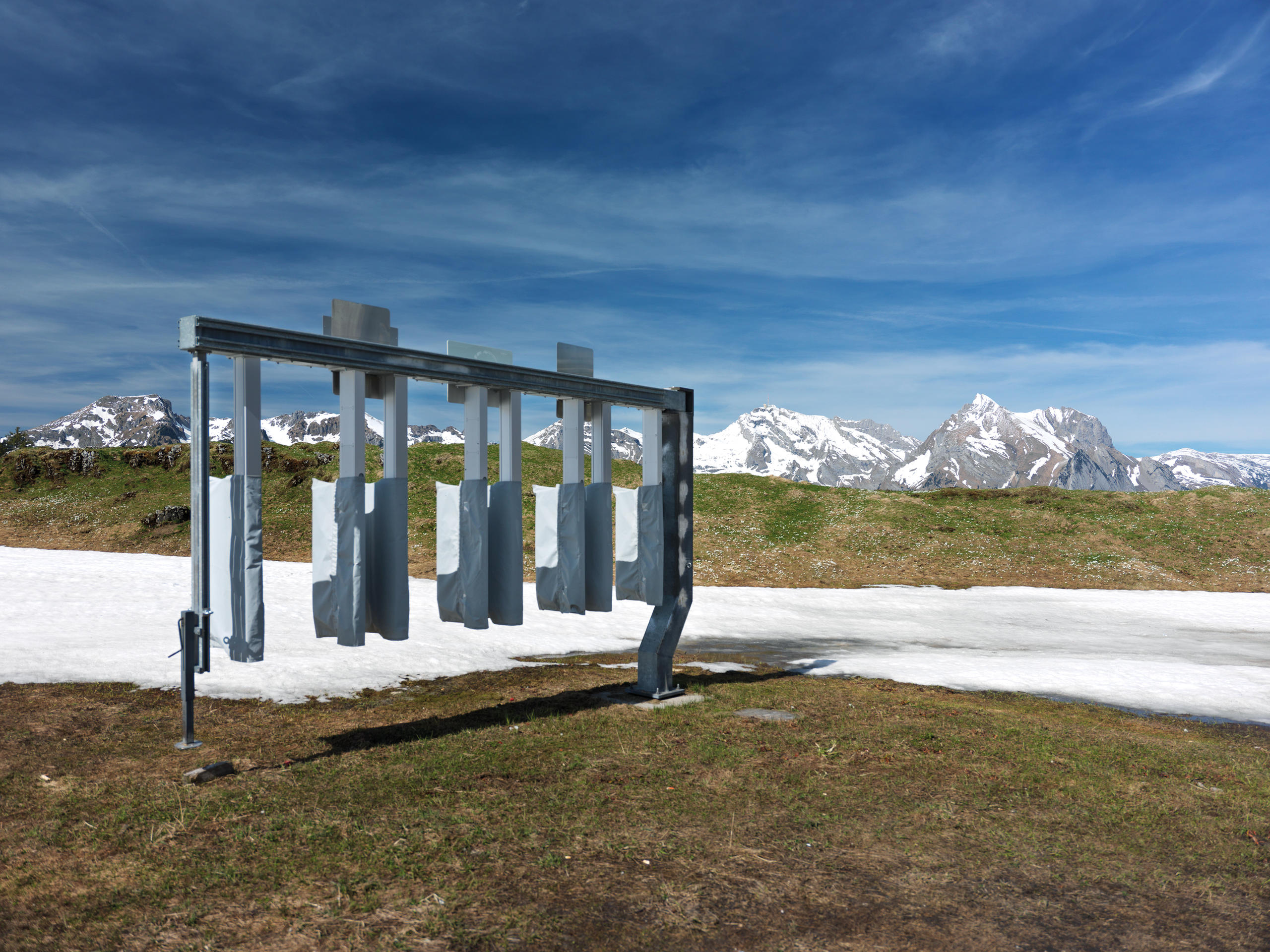
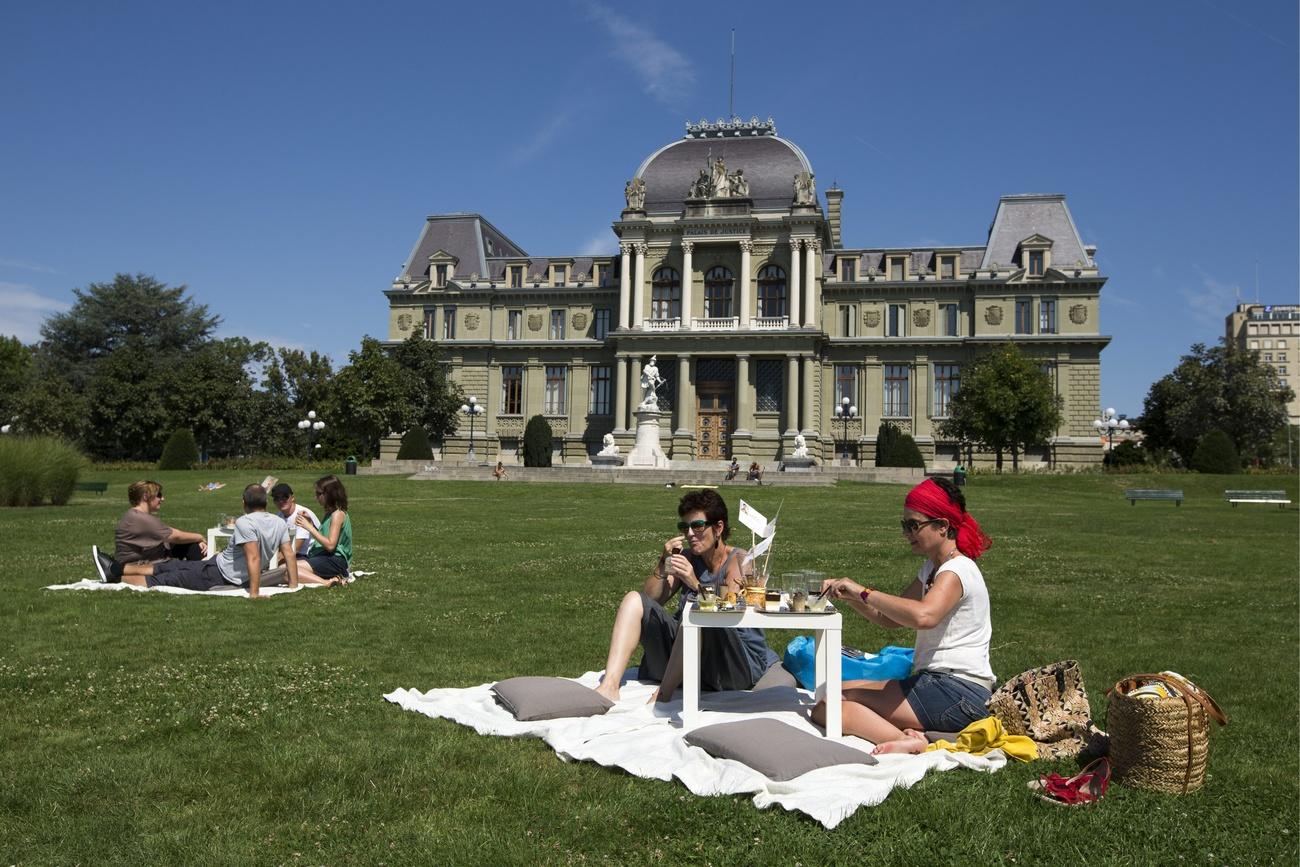
You can find an overview of ongoing debates with our journalists here . Please join us!
If you want to start a conversation about a topic raised in this article or want to report factual errors, email us at english@swissinfo.ch.